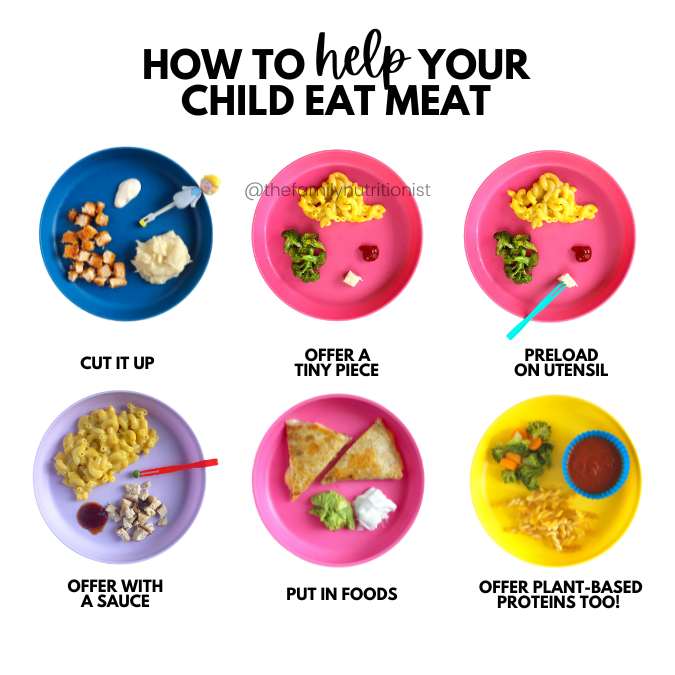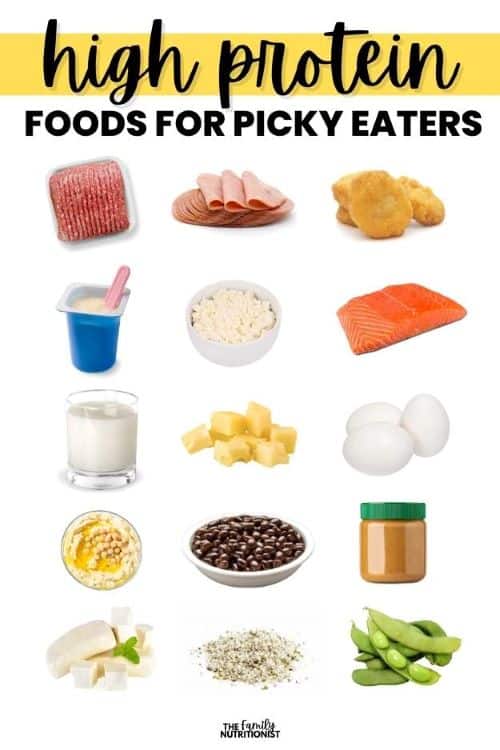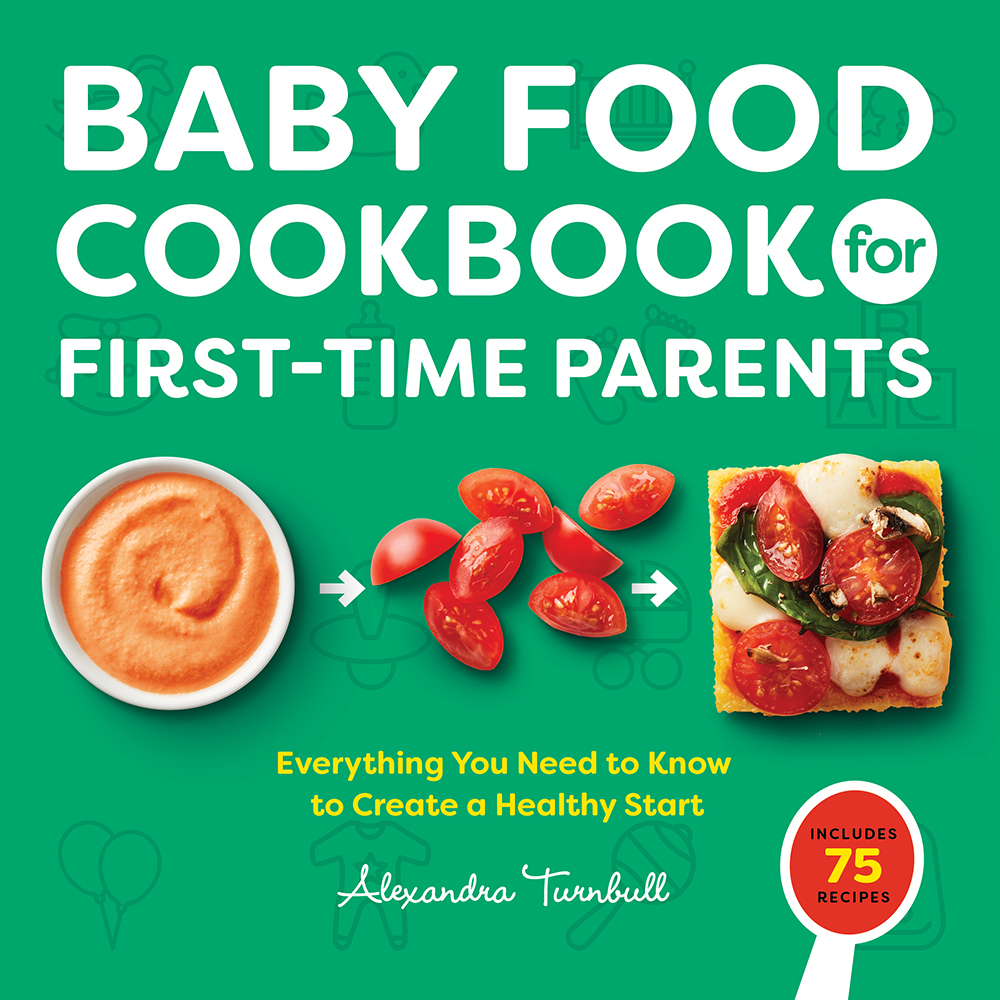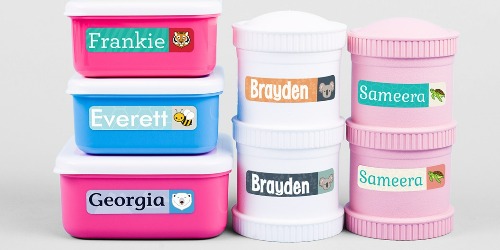Protein is a common worry for parents when feeding children. And if you have a picky eater, figuring out if they’re getting enough can be tough!
And you’re probably wondering about the same big question as many other parents, “Do kids HAVE to eat meat for protein?” You’re not alone!
(Hint: The answer is no and I’ll tell you how.)
In this post, I’ll walk you through how to calculate the amount of protein for kids, how your kids can meet their protein needs, and examples of high protein foods for picky eaters, including both animal-based and plant-based proteins.
Table of Contents
Why Kids Need Protein
Protein is an essential nutrient that we all need in our diets, but it is even more essential when it comes to your child’s growth and development.
Here are some responsibilities of protein in our bodies:
- Builds strong muscles
- Aids in muscle repair and recovery
- Serves as a source of fuel or energy
Now, we know children grow so fast. From the moment they are born, their bodies are constantly growing and developing. Protein is going to play an important role in helping support their growing bodies and their bodies’ support structures, such as their bones and muscles.
How Much Protein Do Kids Need
So you’re worrying that your child is not getting enough protein?
For some reason, at least here in America, we put a huge emphasis on protein, specifically from animal sources.
Don’t get me wrong, protein is a crucial macronutrient in our diets. But it is also important to understand how much our body needs. And most of the time, we’re actually getting enough or more than enough protein!
Let me break it down for you.
Basically, we need about half our body weight (lbs) in grams of protein. Now this will vary depending on the person, activity level, and other medical reasons. That’s why it’s important to speak with a dietitian who can help you better understand your child’s specific nutritional needs.
It is recommended for children to have 2-3 servings of protein per day. For most kids, if you take half their body weight, that’s how many grams of protein they need daily. You might be flabbergasted when you realize it’s actually not that much!
Let me share with you an example:
My daughter is 40 lbs. If I divide that by 2, that’s roughly 20 g of protein she needs daily.
Calculation using weight in pounds (lbs):
Weight in lbs / 2 = grams protein per day
Calculation using weight in kilograms (kg):
Weight in kg = grams protein per day
Picky Eater Won’t Eat Meat?
Protein foods, alongside vegetables, are one of the most common foods parents come to me with concerns that their child won’t eat.
One of the main reasons why children, particularly picky eaters, struggle with protein foods like chicken, is because it’s difficult to chew and inconsistent. All in all it can be a lot of work.
To make protein easier for your child to eat, try these strategies:
- Provide tender cuts of meat
- Cut into small pieces
- Offer with dips and sauces
- Provide a tiny piece to try
- Preload a small piece on utensil
- Add it into their favorites
- Have them feed it to you

High Protein Foods for Picky Eaters
Here are some examples of the high protein foods for picky eaters: (will vary depending on the brand and variety)
| Food | Serving Size | Protein (grams) |
| Turkey Deli Meat | 3 slices | 9 g |
| Chicken Nuggets | 4 pieces | 8-10 g |
| Ground beef | 1 oz cooked | 7 g |
| Cottage cheese | 1/4 cup | 6.5 g |
| Mac n Cheese | 1/2 cup | 6.5 g |
| Chickpea pasta | 1 oz dry | 5.5 g |
| Salmon | 1 oz | 5 g |
| Greek yogurt | 1/4 cup | 4 g |
| Milk | 1/2 cup | 4 g |
| Edamame | 1/4 cup | 4 |
| Cheese | 1/2 oz | 3.5 g |
| Egg | 1/2 egg | 3 g |
| Yogurt | 1/4 cup | 3 g |
| Nut butter | 1 Tbsp | 3 g |
| Hemp Hearts | 1 Tbsp | 3 g |
| Hummus | 2 Tbsp | 2 g |
| Quinoa | 1/4 cup cooked | 2 g |
| Tofu | 1 oz | 2 g |
| Beans | 1/8 cup | 2 g |

Surprising Foods that Contain Protein for Kids
Animal meat, eggs, fish, and dairy are not the only sources of protein for kids. They might give you more protein per bite, but you might be surprised by how much protein you can find in some of your child’s favorites.
| Food | Serving Size | Protein (grams) |
| White pasta | 1 oz dry | 3 g |
| Bread | 1 slice | 3 g |
| Green peas | 1/4 cup | 2 g |
| Cheerios | 1/2 cup | 1.5 g |
| Hard pretzels | 1 oz | 3 g |
| Raspberries | 1/2 cup | 1 g |
| Banana | 1 medium | 1 g |
| Pasta sauce | 1/4 cup | 1 g |
Protein is found in dairy products, and in smaller amounts in fruits, veggies, and grains as well.
If you aim to offer high protein foods for your picky eater with each meal or snack, they’ll most likely reach their recommended amount (that’s if they eat it, I know).
When you offer high protein foods for kids it helps keep them fuller longer!
Again, if they don’t like certain foods, start with tiny portions. If they really enjoy a certain food, it’s okay to give larger servings than recommended. You offer, and they can decide if they want it and how much to eat.
Learn more about you and your child’s roles at mealtimes here.
Benefits of Animal and Plant Proteins
Protein needs do not need to be met through meat sources! However, animal meats do have certain beneficial nutrients, that are not as readily available in plants, such as:
- Vitamin B12 – important for brain and nerve development
- Heme iron – the form of iron that is more easily absorbed in our bodies
Plant proteins don’t contain vitamin B12 or heme iron, but they do contain:
- Non-heme iron – the form of iron that is less easily absorbed compared to heme iron – try pairing with Vitamin C rich foods like citrus fruits to help increase the absorption of iron.
- High in fiber – great especially for kiddos struggling with constipation
- Low in saturated fat – whereas animal proteins are usually higher in saturated fat
But of course, do what works best for your family! Read on for some meatless ideas and what to consider.
Won’t Eat Meat? A Meatless Solution
So you do want your child to eat meat, but they won’t give it a try?
It’s very common for toddlers and younger children to turn their noses up at meat. This may be for several reasons; it’s not the sweet or salty flavors they love and honestly, it can be hard to chew, creating a lot of work for them, so they end up skipping it altogether – the same goes for veggies.
Many kids will gravitate to the more processed meats like breaded chicken nuggets, fish sticks, or hot dogs because it’s technically already been “chewed” up for them, and the work has been taken care of. Don’t worry, they will eat a grilled chicken breast someday, just maybe not right away.
Animal protein provides great nutrition, but there are also other ways to fulfill their protein needs.
Let’s take a look at a meatless meal you can give to your child. How much protein can you get from some chickpea pasta with marinara sauce and veggies?
¼ cup veggies = 0.5g protein
¼ cup chickpea pasta = 6g protein
¼ cup marinara = 1g protein
That’s 7.5 grams of protein just from one meatless meal!
Again, kids need roughly half their body weight in grams of protein per day. (Ex: 24 lbs / 2 = 12g of protein).
Going back to the example of my daughter’s protein needs, she needs about 12.5 g per day. This meal is already over half her daily needs! Now, this would be 7.5 g if she actually ate it all. So you do have to keep in mind how much they actually consume.
So does your child HAVE to eat animal meat to get enough protein? You guessed it, no!
Tip: One way to get an extra boost of protein if eating meatless is to choose chickpea pasta! It gives your pasta a nutritional boost and is super yummy. Sometimes we go for the chickpea pasta, and other times we go for the refined, angel hair. It’s all about balance and exposure to a variety of foods.
Animal protein can be a great source of nutrition, however, it’s not the end of the world if your child turns their nose up at meat or you just simply choose to go meatless. Just make sure you are being mindful of meeting all your needs nutritionally and offering a balanced diet!
And of course, speak with a dietitian if you’re concerned about this!
Vegan Diet for Kids?
We touched upon that your kids do not need to eat meat in order to get enough protein. But what about vegan diets?
Vegan diets can be a little different compared to going meatless or vegetarian, as this diet omits meats as well as any animal byproducts (such as dairy and eggs).
When considering the vegan diet, one important nutrient to pay attention to is vitamin B12. I mentioned above that vitamin B12 is found in animal sources but not plant sources.
Ways to ensure your child is getting vitamin B12 is to look for fortified foods! Foods such as cereals, soy milk, or other milk alternatives are typically fortified with vitamins and minerals.
You may want to speak with your pediatrician or registered dietitian to determine if a vitamin B12 supplement is necessary, but if your family or child chooses a vegan lifestyle,
I recommend starting a multivitamin. I love ritual essentials for kids because they are a 3 in 1 vegan option with a multivitamin (including B12), fiber and vegan omega 3s. They also have vitamins for women and men to cover the whole family.
Use this link for 20% off your first order!
Conclusion
I hope you now feel more confident about your protein options for your child. If you’re still wondering whether your child is getting enough protein…⠀
Most likely, yes! So many parents worry about their children not getting enough protein, but here’s what you need to know:
- Protein deficiencies are rare, especially in the United States. We often get more than enough protein in our diet!
- As a general rule of thumb, here’s how many grams of protein your little one needs per day: Weight in lbs/2 OR weight in k = grams per day.
- You don’t have to eat animal meat to meet your protein needs. Even if you or your child aren’t eating meats, you can still get enough protein through plant-based sources!
- If you or your child are following a vegan diet, keep in mind that you’ll want to get some vitamin B12 through fortified foods or supplements if appropriate.
Lastly, speak to a registered dietitian if you have any concerns about protein for kids or any other nutrient!





